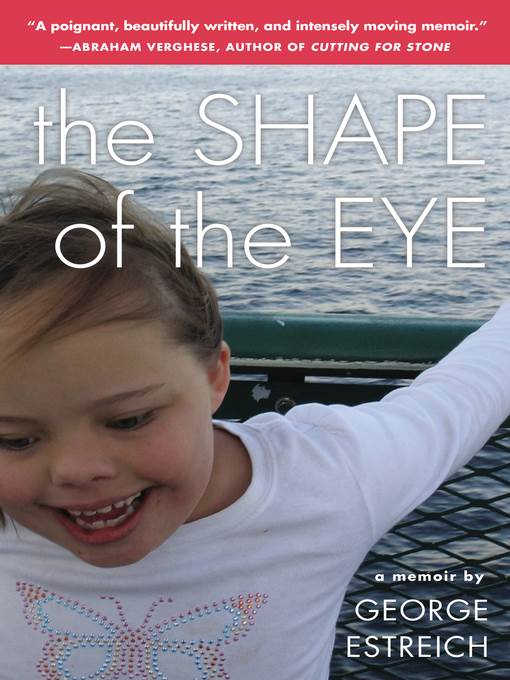
The Shape of the Eye
A Memoir
کتاب های مرتبط
- اطلاعات
- نقد و بررسی
- دیدگاه کاربران
نقد و بررسی

February 15, 2013
The moving, heartbreakingly lucid story about how a family learned to cope with, and ultimately appreciate, a daughter born with Down syndrome. Friends had told poet Estreich (Textbook Illustrations of the Human Body, 2004) and his scientist wife that a "second child changes everything." Neither, however, was prepared for the news that the baby girl they would name Laura had Trisomy 21, Down syndrome. Both were devastated; but for the author, the diagnosis had even more profound implications. John Langdon Down, the Victorian-era physician after whom Laura's condition was named, had called it the "'Mongolian idiocy." "Twisted, weird, and wrong" as this label was, it named not only Laura's diagnosis, but also the half-Japanese Estreich's own ethnic identity. "To have a child, any child, is to thrust ordinary mysteries into the foreground: mortality, love, inheritance." As he and his wife struggled to come to terms with their daughter's condition and the future it portended, Laura suffered heart failure and had to be force-fed through nasal tubes. Yet the little girl survived. Soon, the visits to doctors, cardiologists, nutritionists and speech pathologists and other accommodations the family made for Laura began to feel normal. What struck Estreich as bizarre was the negativity, both intended and unwitting, that pervaded the accounts he read about Down syndrome. Laura was a child first and not a diagnosis. And the fate written into the 47 chromosomes of her DNA was no more tragic than that of other children who carried their own genetic risks hidden within supposedly "normal" bodies. With the humility born of painful experience, Estreich concludes that "it is not the chromosome, but our response to it, that shapes the contour of a life." A poignantly eloquent meditation on the genetics of belonging.
COPYRIGHT(2013) Kirkus Reviews, ALL RIGHTS RESERVED.

























دیدگاه کاربران